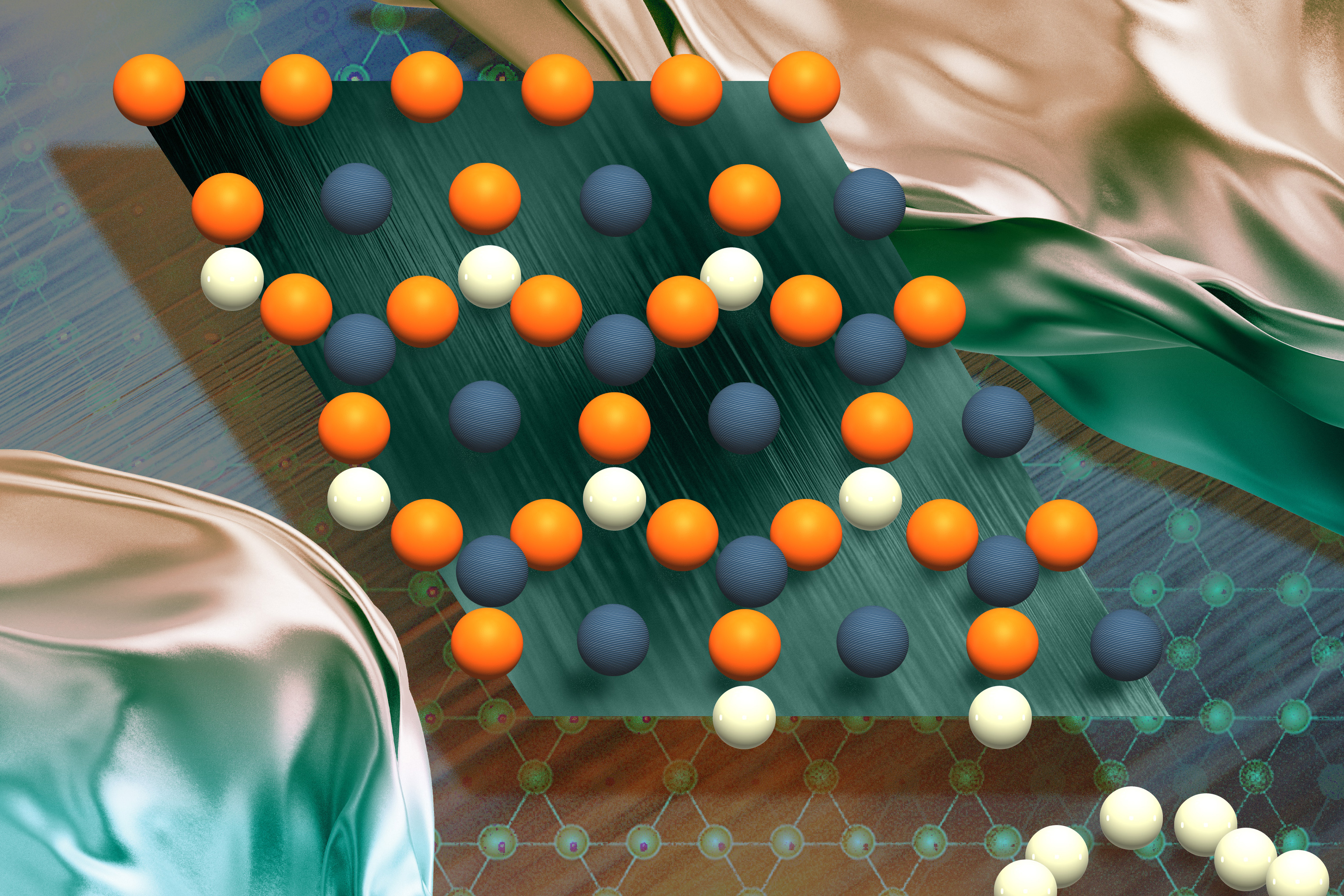| IN A NUTSHELL |
|
In a groundbreaking development, researchers have shattered the long-standing barrier of room-temperature quantum coherence, traditionally confined to diamonds and ultra-cold laboratories. The innovation comes from a collaborative effort between scientists at the Georgia Institute of Technology and the University of Alabama. They have engineered a novel polymer capable of maintaining quantum states at room temperature, potentially revolutionizing the practical application of quantum devices. This advancement promises to liberate quantum technology from the constraints of cryogenic environments, paving the way for its integration into everyday devices.
Redefining Quantum Material Design
The quest for room-temperature quantum materials has long been hampered by the need for rigid crystals, such as diamonds or silicon carbide, to preserve delicate quantum states. However, the new approach taken by researchers involves the design of a conjugated polymer. This polymer consists of alternating molecular blocks that facilitate electron conduction.
The polymer’s backbone is composed of a donor unit based on dithienosilole and an acceptor unit known as thiadiazoloquinoxaline. These components create a conducive environment for unpaired electron spins to traverse the polymer chain while retaining their quantum information. At the core of the donor unit is a silicon atom, which introduces a slight twist in the polymer chain. This twist effectively mitigates the interactions between spins that could otherwise disrupt quantum coherence.
The addition of long hydrocarbon side chains further enhances the polymer’s properties. These side chains prevent molecular clumping, ensure solubility, and maintain electronic coherence across the polymer chain. The researchers employed a combination of theoretical modeling and experimental validation to confirm the effectiveness of their design. Simulations indicated that, as the polymer chain lengthens, the spin density becomes distributed, leading to a stable high-spin ground state, which is akin to those found in solid-state qubits.
Experimental Verification and Findings
To substantiate their findings, the research team conducted rigorous experimental tests on the polymer. Magnetometry tests revealed that the material exhibited a triplet ground state, characterized by two unpaired electrons aligned in the same direction. This alignment is crucial for maintaining quantum coherence.
The researchers employed electron paramagnetic resonance (EPR) spectroscopy to analyze the material further. EPR spectroscopy, akin to MRI but for electrons, utilizes microwaves and magnetic fields to detect the magnetic signals of unpaired electrons. The results indicated narrow and symmetric signals, signifying orderly spin behavior.
The study also measured the polymer’s g-factor, a critical parameter that gauges an electron’s response to a magnetic field. The polymer’s g-factor closely approximated that of a free electron, signifying minimal environmental disturbance. This low level of disturbance, known as low spin–orbit coupling, is vital for prolonging the stability of quantum states.
Remarkably, the polymer demonstrated impressive stability metrics. At room temperature, the spin-lattice relaxation time (T1) was approximately 44 microseconds, while the phase memory time (Tm) reached 0.3 microseconds. These values surpass many other molecular systems. When cooled to 5.5 kelvin, T1 extended to 44 milliseconds, and Tm exceeded 1.5 microseconds. Notably, these results were achieved without the need for frozen solvents or special matrices, conditions that often impede practical applications.
Implications for Practical Quantum Applications
The implications of this breakthrough are profound. The development of a flexible, tunable, and processable polymer challenges the notion that quantum materials must be confined to fragile crystals in cryogenic chambers. This innovation opens the door to practical quantum sensors that can operate under everyday conditions, thin-film devices that integrate classical electronics with quantum capabilities, and scalable platforms for exploring quantum computing.
“This work demonstrates a fundamentally new approach toward practically applicable organic, high-spin qubits that enable coherent control in the solid-state,” the study authors note.
https://www.rudebaguette.com/en/2025/09/it-was-all-planned-us-militarys-secret-908-day-space-mission-that-reveals-hidden-solar-power-weapon-technology/
While this advancement marks a significant step forward, challenges remain. The phase memory time at room temperature, though improved, still falls short of what is required for large-scale quantum computing. The research team is now focused on optimizing the polymer’s structure further, exploring new donor-acceptor combinations, and devising device architectures that harmonize electronic and spin functions.
Challenges and Future Directions
Despite this innovation, challenges persist in the realm of quantum computing. The current phase memory time for room-temperature quantum states remains relatively short, necessitating further research and optimization. The researchers are actively working on refining the polymer’s structure and exploring novel donor-acceptor combinations to enhance performance.
Looking ahead, the team aims to develop device architectures that integrate electronic and spin functions, enabling seamless integration into practical applications. The potential for this polymer to be fashioned into thin films and function as a p-type semiconductor in transistors highlights its versatility. These attributes make it a promising candidate for electronic devices that combine charge and spin functions.
The study’s publication in the journal Advanced Materials underscores its significance and the promising future it holds for practical quantum applications. As the field of quantum technology continues to evolve, this polymer represents a pivotal step toward realizing the full potential of quantum devices in everyday life.
As researchers continue to push the boundaries of quantum technology, the question remains: How will these advancements reshape our technological landscape and daily lives in the years to come?
This article is based on verified sources and supported by editorial technologies.
Did you like it? 4.5/5 (21)
Source link


